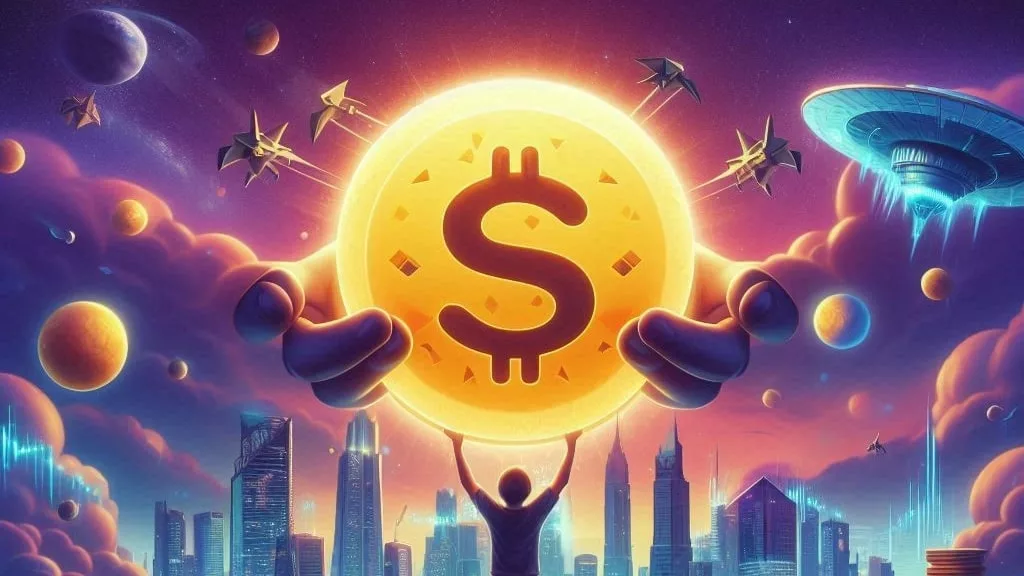
XRP has managed to hold steady at the $2 mark for the time being, but there are increasing signs that a correction could be on the horizon. While the cryptocurrency has shown resilience in recent months, with multiple bounces off the $2 support zone, there are underlying factors that suggest the current stability might not last.
Despite XRP’s impressive 307% increase since the Election Day opening price, a closer look at the asset’s recent performance and network activity reveals potential cracks beneath the surface. XRP’s price consolidation, which typically indicates an impending rally as investors accumulate, may not be the bullish sign it initially appears to be.
One of the key indicators that could point to a correction is the noticeable drop in XRP’s network activity. Fewer transactions and a decline in active users suggest that the market might be pulling back rather than gearing up for a new rally. This contrasts with previous periods of consolidation where increased demand and investor confidence often led to upward price movement.
XRP has bounced off the $2 support zone multiple times since November, indicating strong buyer absorption. However, a recent decline on April 7th, spurred by a broader market correction linked to tariff-induced tensions, saw XRP close at $1.60 – its lowest in over five months. This sharp drop has raised concerns about XRP’s vulnerability to deeper price corrections, especially considering it signals a weakening of the underlying buying pressure that had supported the asset up to this point.
The combination of falling network activity and XRP’s overperformance relative to its network fundamentals has led to concerns about overvaluation. XRP’s price is currently rising faster than its real network usage, as evidenced by a sharp increase in its NVT ratio (Network Value to Transactions Ratio). A higher NVT ratio often indicates that the asset is trading at a premium compared to its actual utility, suggesting that the market may be inflating its value based on speculative factors rather than solid network growth.
This divergence between price and network activity is a red flag for many analysts, signaling that XRP could be due for a price correction if the trend continues. The market’s enthusiasm may be overstated, and without a resurgence in network activity, XRP could struggle to maintain its current value.
Another worrying sign is the decline in the creation of new wallet addresses, which has dropped significantly from 5,200 to 2,900 in the past month. This 44% drop in address entropy signals a slowdown in retail investor onboarding, which is typically a key driver for the asset’s price growth. As retail activity slows down, the price could become more susceptible to volatility driven by larger institutional players or market sentiment, rather than organic growth from new users.
The recent slowdown in retail activity has given more influence to whales – large holders of XRP – who have been accumulating the asset in increasing amounts. While whale accumulation can cause rapid price reversals, it also introduces the risk of centralization, as a small number of large holders gain disproportionate control over the asset. This can distort the market dynamics, making XRP more vulnerable to sudden price fluctuations if those large holders decide to sell off their positions.
XRP’s ability to maintain its $2 support level for now shows its resilience, but the underlying network contraction and signs of overvaluation could signal a correction in the near future. As the price continues to rise faster than network usage, it remains to be seen whether XRP can hold its ground or if it will experience a reversion to its fair value. Investors should stay cautious and monitor network activity closely, as any further slowdown could accelerate the onset of a price correction.


Get the latest Crypto & Blockchain News in your inbox.